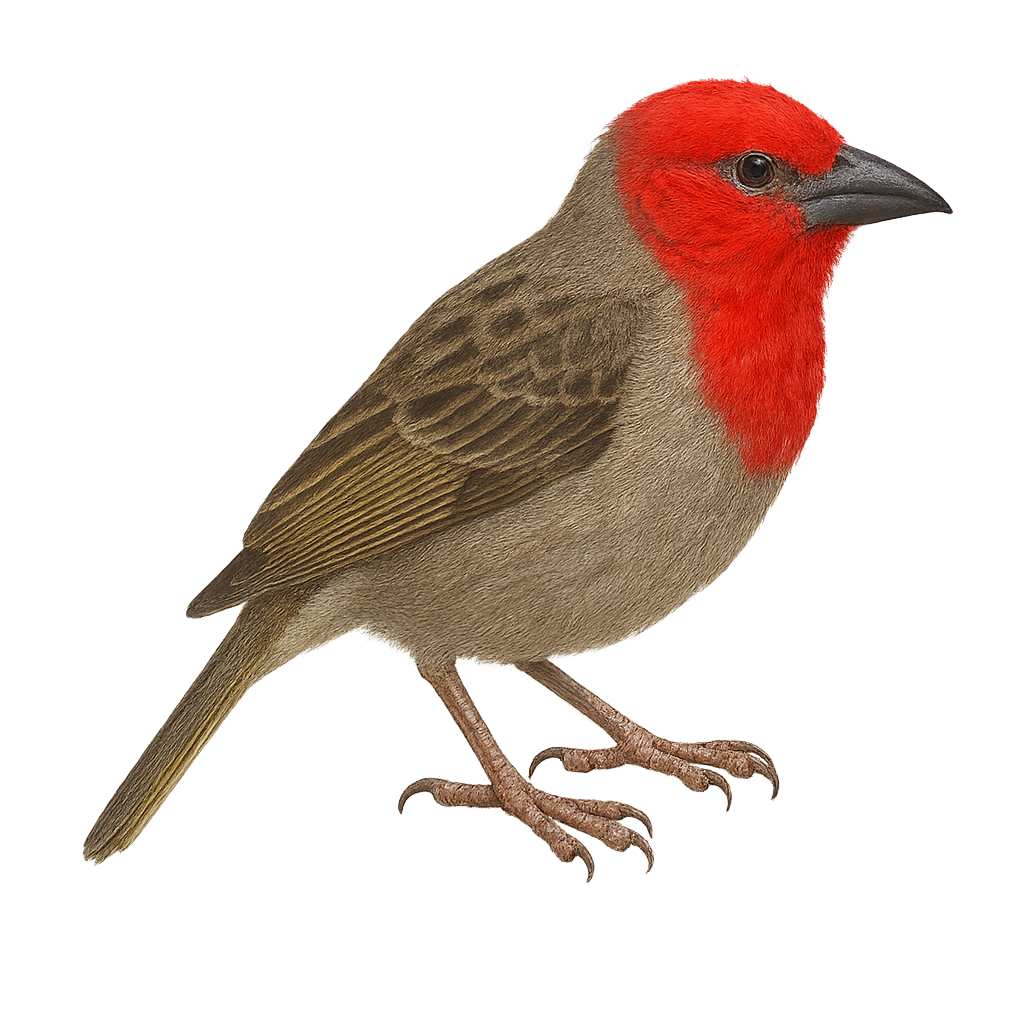Your wildlife photography guide.
Explore the mayotte fody in detail, study its behavior, prepare your shots.
Where to observe and photograph the mayotte fody in the wild
Learn where and when to spot the mayotte fody in the wild, how to identify the species based on distinctive features, and what natural environments it inhabits. The WildlifePhotographer app offers tailored photography tips that reflect the mayotte fody’s behavior, helping you capture better wildlife images. Explore the full species profile for key information including description, habitat, active periods, and approach techniques.
Mayotte Fody
Scientific name: Foudia eminentissima

IUCN Status: Least Concern
Family: PLoceidae
Group: Birds
Sensitivity to human approach: Suspicious
Minimum approach distance: 5 m
Courtship display: October to November
Incubation: 11-13 jours
Hatchings: October to December
Habitat:
Forests, gardens, cultivated areas
Activity period :
Primarily active during the day, with peak activity in the morning and late afternoon.
Identification and description:
The Mayotte Fody, or Foudia eminentissima, is a small bird endemic to the island of Mayotte in the Comoros archipelago. This passerine is notable for its bright red plumage in males, while females display more subdued shades of brown and gray. Measuring about 12 to 14 cm, it is often seen in forests, gardens, and cultivated areas. Its diet mainly consists of seeds, fruits, and insects. The Mayotte Fody is a social bird, often seen in small groups, and plays a crucial role in pollinating certain local plants. Although its habitat is limited, it adapts well to human-modified environments.
Recommended lens:
300 mm – adjust based on distance, desired framing (portrait or habitat), and approach conditions.
Photography tips:
To photograph the Mayotte Fody, choose early morning or late afternoon hours when the light is soft and flattering. Use a 300mm lens or longer to capture precise details without disturbing the bird. Be patient and observe the bird's habits to anticipate its movements. Forests and gardens are ideal places to spot it. Opt for a natural background to highlight its bright colors.
The WildlifePhotographer App is coming soon!
Be the first to explore the best nature spots, track rutting seasons, log your observations, and observe more wildlife.
Already 1 439 wildlife lovers subscribed worldwide

